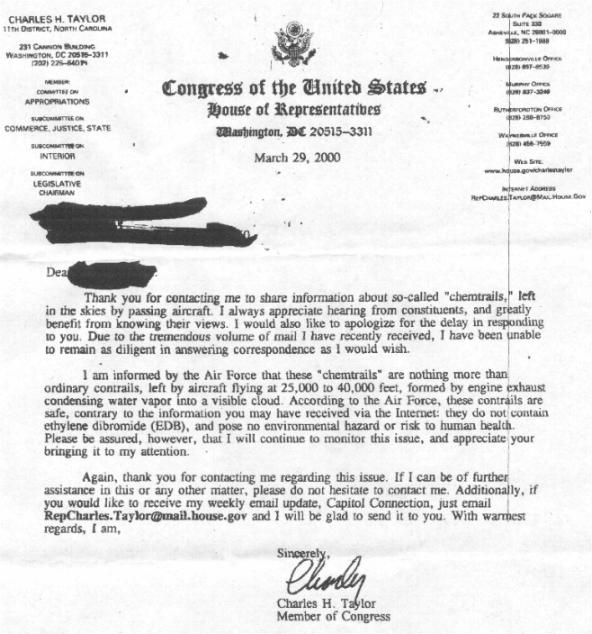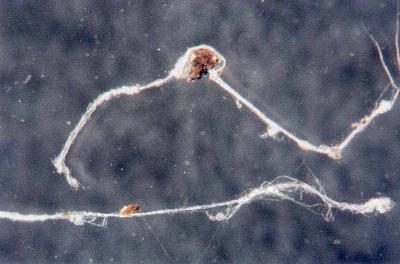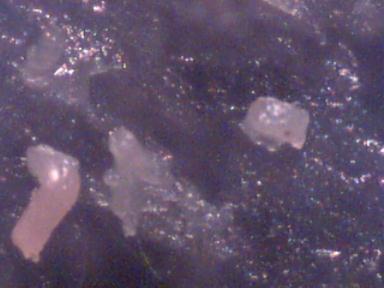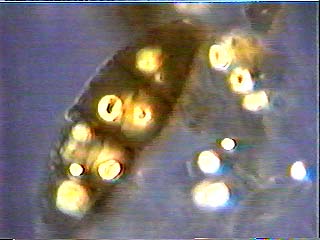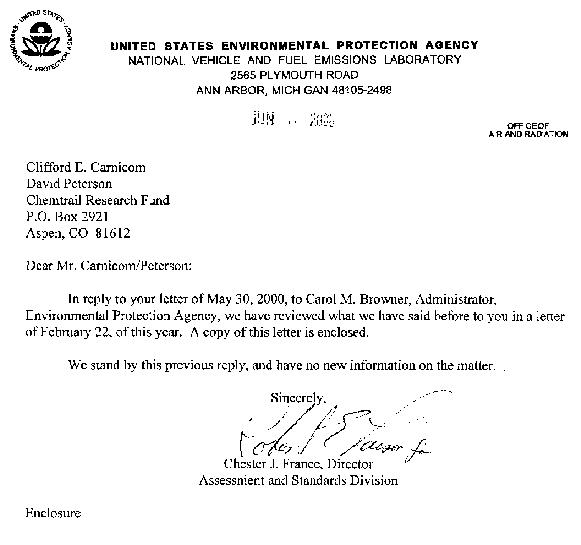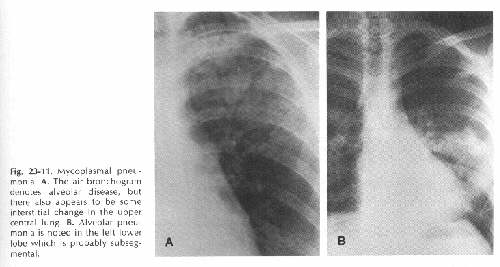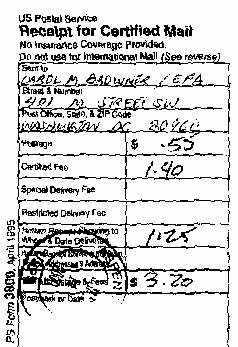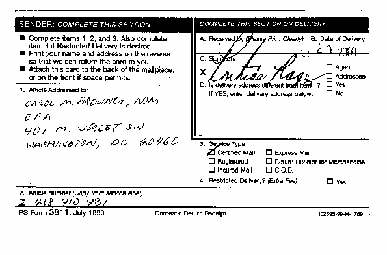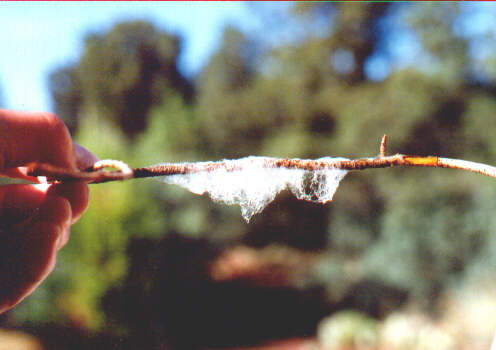
THE NUREMBERG CODE
This page contains an excerpt from the Nuremberg Code, reprinted from Trials of War Criminals before the Nuremberg Military Tribunals. This specifically states that a person exposed to human experimentation should be made aware of such experiments and possible ramifications, and should have the right to refuse being a guinea pig for such experiments.

